The driver is the most important club in the bag. The driver tends to be the most used club on par 4’s and 5’s and can make or break your round. Strokes gained in driving on the PGA Tour has become the most important statistic for lower scores. Strokes gained in driving is based on accuracy and distance away from the hole after your tee shot. However, we are starting to notice that players like Bryson Dechambeau are prepared to sacrifice some accuracy for more distance. Therefore, the further you drive the golf ball, the shorter the second shot is and more likely to hit the green even if its slightly from the rough. There are many golf driving tips available, however we thought we would share the most important driving tips for golfers at every level.
In this article, we will discuss:
1) Driver Setup
The first golf driving tip we would start with is the setup position. Firstly, the ball positon needs to be just inside the left heel. This is outlined by the image below. Not only is the ball positon just inside the left heel, but the stance is much wider than it is for an iron. You’ll notice the feet are just wider than the shoulders or the shoulders line up to the inside of you feet.
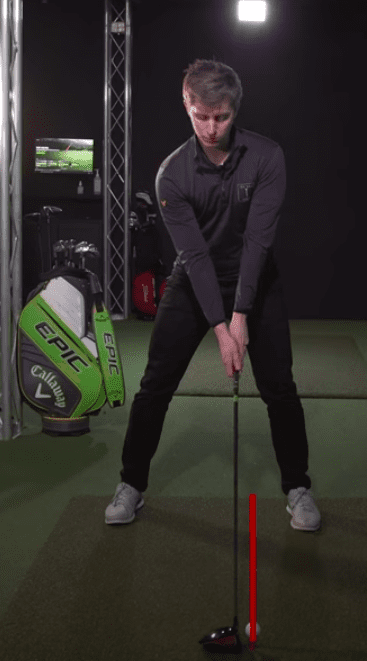
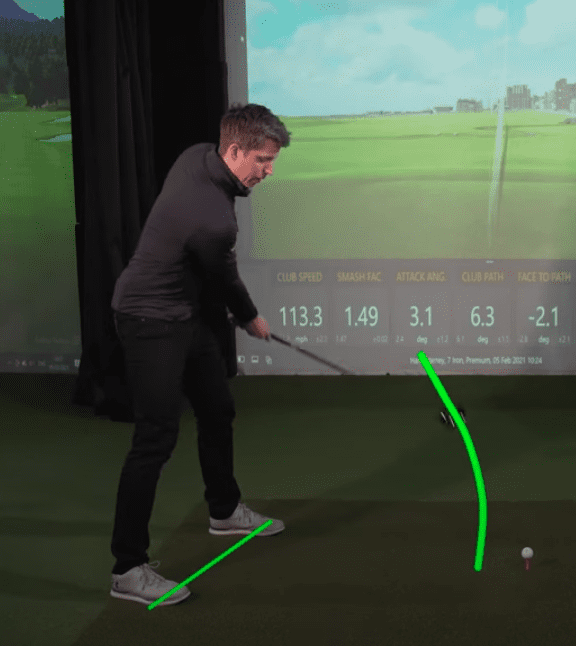
Secondly, the driver swing is on a tilted circle or arc. Therefore, if our intention is to hit up on the golf ball for the best launch conditions, its important that we aim our feet closed (to the right). We aim our feet to the right more because the arc of the club is moving up and to the left earlier than an iron shot. Therefore to deliver the club at the intended target line, we need to aim our feet slightly to the right.
Posture
One of the most common driving tips in golf is the tilting of the shoulders at setup. As you can see from the image on the right this would tilt the spine away from the golf ball way too much at the beginning of the swing. As a result, you would find it much harder to make a full swing from this positon and lack any extension of the spine if you maintained this position.
The image on the left shows the correct setup position with the Spine 90 degrees to the floor with less tilted shoulders.
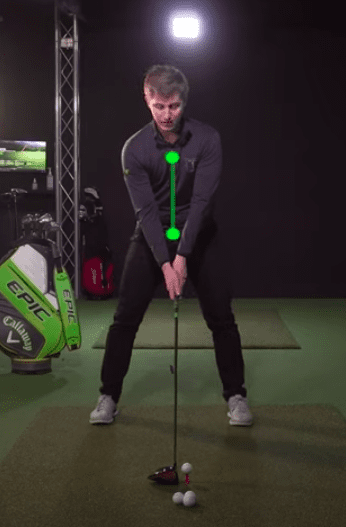
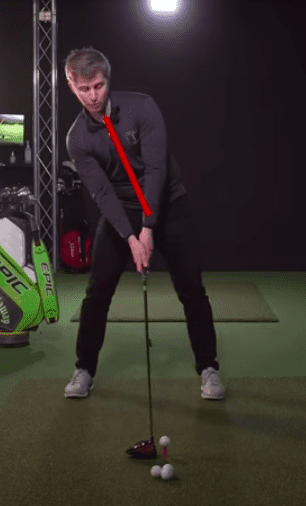
2) Load into your Backswing
Our second golf driving tip is loading the body in the backswing. In order to acheive this, we need to initiate the backswing with a wide takeaway. The takeaway image below you can see how wide the arc of the golf club is. As a result, there is no excessive wrist hinge in this position and the right arm has a very small amount of bend at this point in the swing. A lot of golfers tend to swing the driver far too narrow to their body in the backswing. However in order to create this wide arc, we need a lot of body turn.
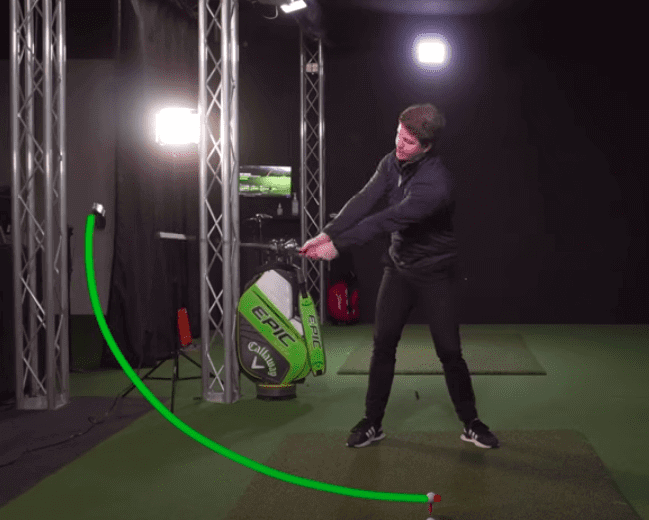
Body Turn
One of the most vaguely discussed golf driving tips is the sequency of the body turn in the backswing. It is very important in the backswing that we create some dissociation between the upper and lower body. Therefore, we do not want to start turning everything together. A good checkpoint by the takeaway position is to have 45º shoulder turn with virtually no hip turn. This starts to get that seperation between the upper and lower body.
After this takeaway position, we start to rotate the pelvis an addiitonal 45º with the upper body continuing to rotate. This puts us at the top of the backswing with a 90º shoulder turn and a 45º hip turn. You can see this clearly in the images below.
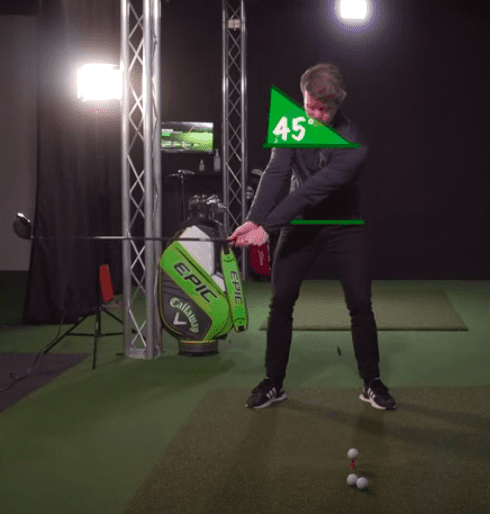
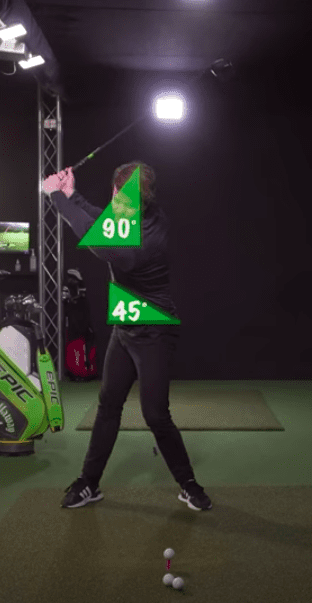
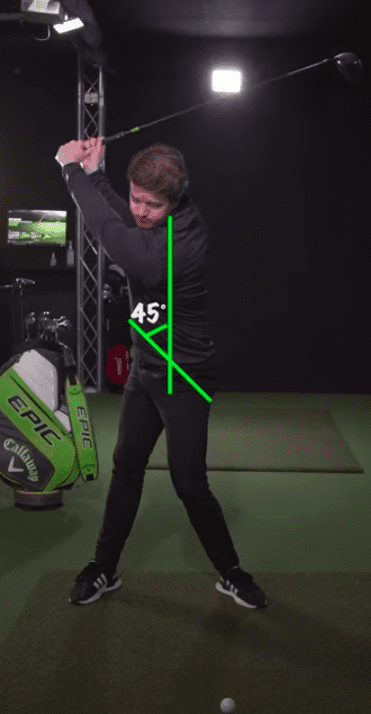
As you can see by the image on the left. The sequencing of the body turn, creates this X factor or seperation of the upper and lower body. This creates a coil or stretch which is referred to as the X factor. Creating this stretch is crucial for longer and straighter drives.
3) Stop chopping down with your driver
One of the most common tendencies with a driver for the average golfer is chopping down motion into the ball. As a result of this action, the ball will tend to slice away from the target. Firstly, its important to note that previously we mentioned the spine is at 90º at setup for both an iron and a driver.However, the positons of the spine at the top of the backswing between the iron and the driver are very different.
As you can see from the images below, the spine maintains a 90º angle from the setup position to the backswing. However, the driver swing you can see that the spine is clearlty tilting more away from the target.
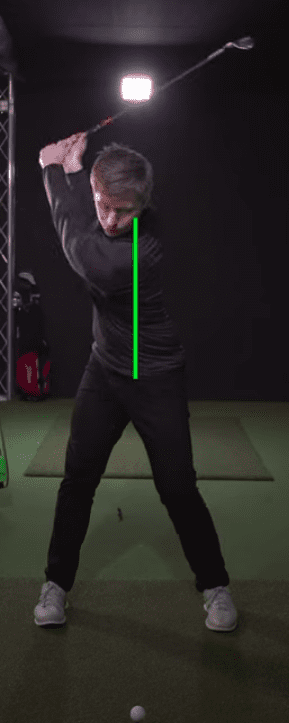
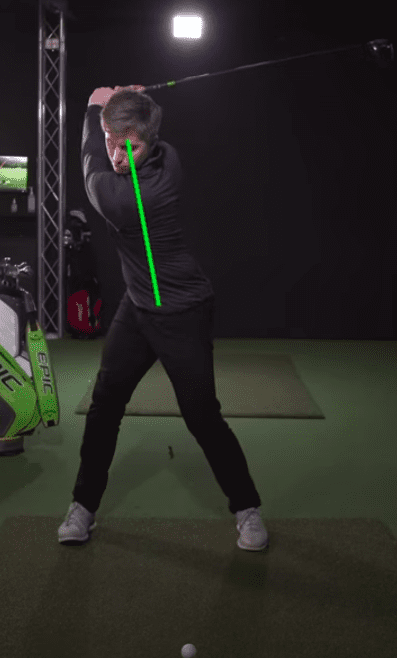
You can also see that in the downswing the upper body is still tilted away from the golf ball. In fact, the upper body increases its tilt away from the golf swing in the early part of the downswing. This will not only encourage you to launch the golf ball high in the air but also a more in to out and powerful golf swing.
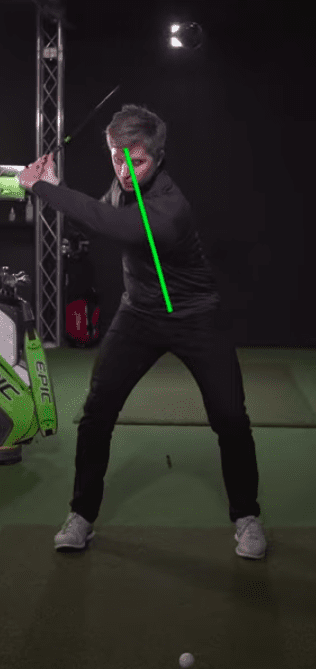
4) create maximum speed
As mentioned in one of our earlier golf driving tips. Creating an X factor with the upper and lower body in the backswing is crucial for long and straight drives. Our next driving tip is about creating speed. A slightly more technical part of this article.
The next step from here is to maintain the X factor in the downswing. Typically golfers really struggle with maintaining this. However, PGA Tour players are able to increase their X factor. As a result, golfers start to hit steep on top of the golf ball and start slicing the driver. This all relates to the right hip in the golf swing. Lets have a look at two different positions and explain the effect this has on the golf ball.
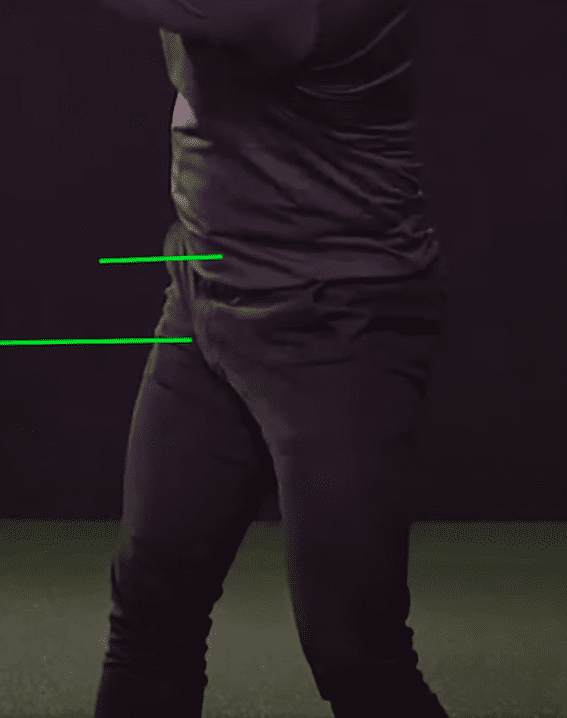
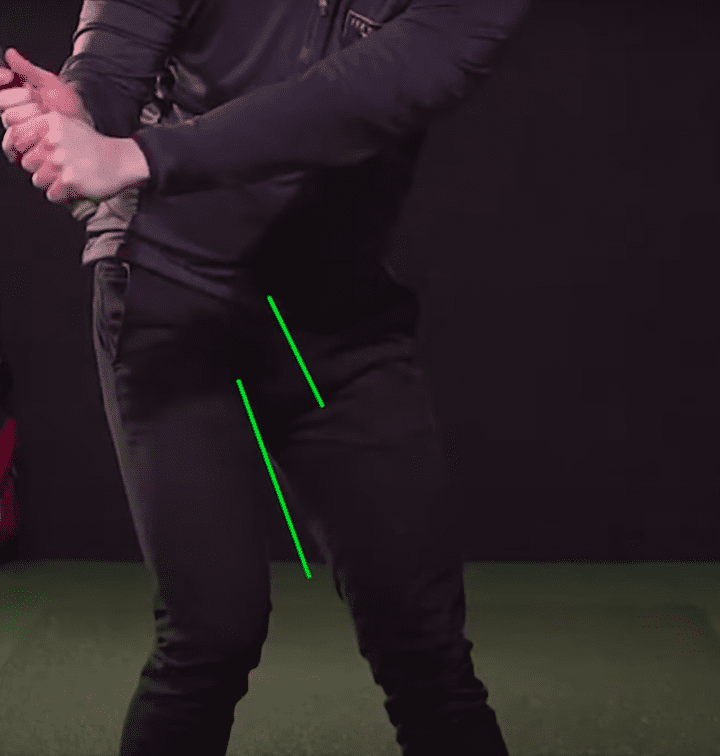
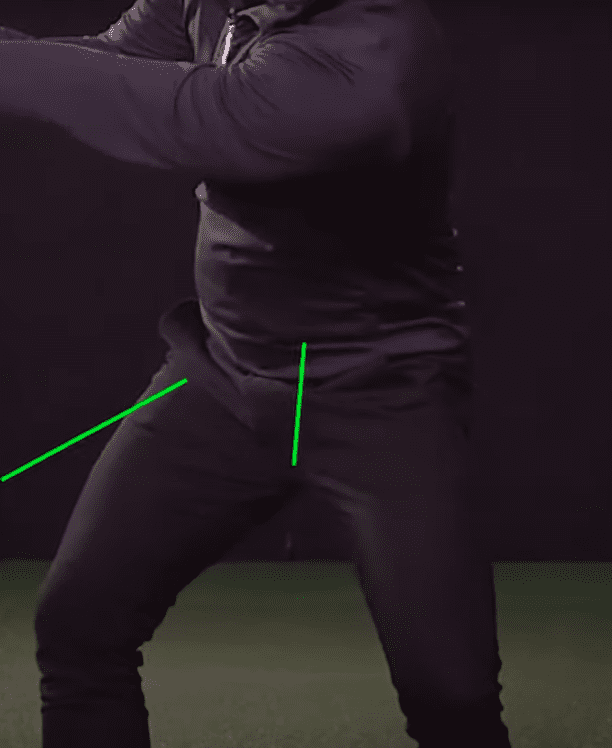
As you can see from the images above, the far left image shows the top of the backswing. You can see the belt buckle and the upper leg is rotated to the right. The second image represents a slicer or bad driver or the golf ball. You can see from the green lines that the belt buckle and the upper leg segment have rotated at the same rate where everything has rotated together. The third image shows you the correct position that the best PGA Tour players in the world have. You can clearly see that the belt buckle has moved at a much faster rate than the upper right leg.
5) create maximum distance
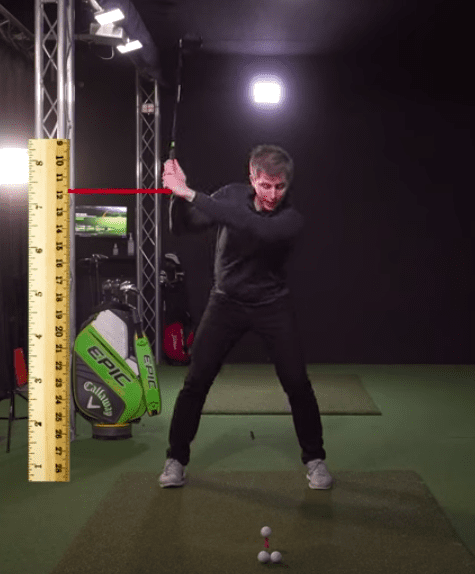
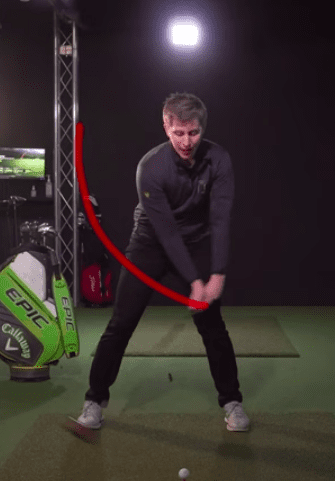
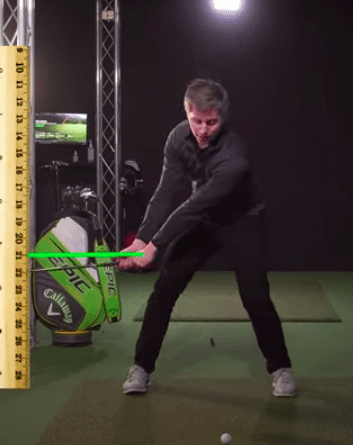
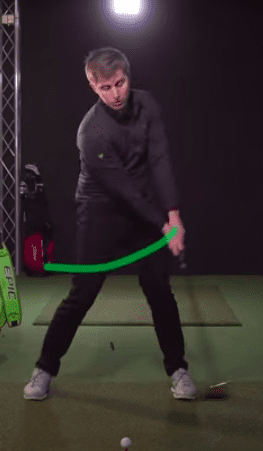
BETTER GOLF, STARTS WITH A BETTER SWING
Book a FREE 50-minute golf swing evaluation at Tee Box London today. Your golf improvement must start with a plan, a plan you receive from your golf swing evaluation

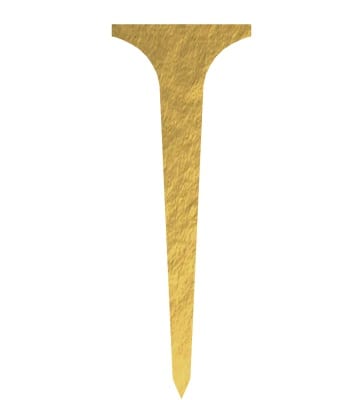
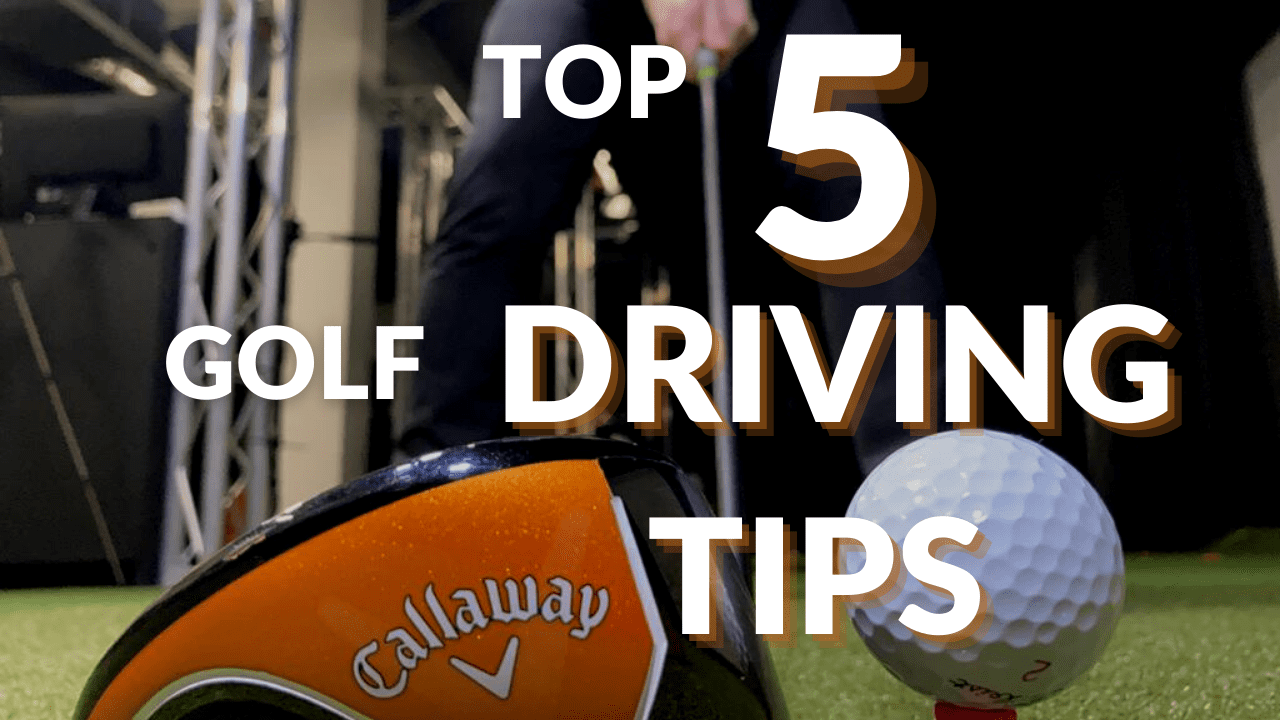
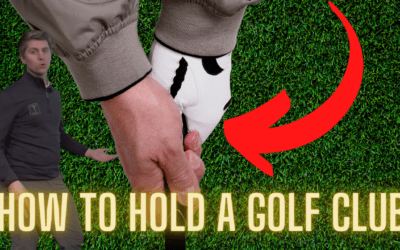
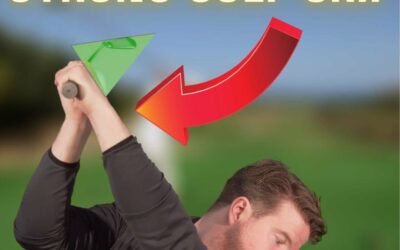
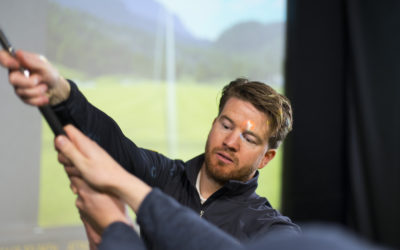
0 Comments